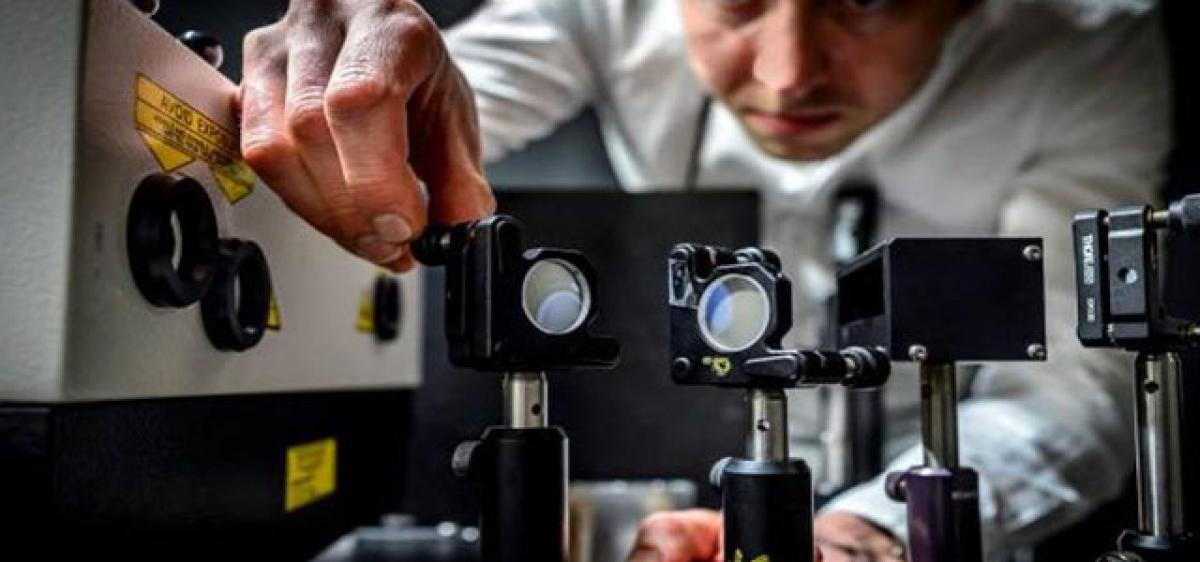Live
- Coming back to Test cricket, where I belong the most, is special, says Pant
- Kejriwal questions if RSS okay with BJP's politics
- 'Time to seize the gold': Rahul Gandhi wishes Team India for Chess Olympiad's final round
- Search operation yields progress in landslide tragedy on NH 66
- Businessman killed, wife wounded
- Kharge reaffirms Cong's development agenda for J&K
- Disruption in lounge facilities AAHL clarifies
- France's new govt revealed despite left-wing winning legislatives
- Duty Doctor Found Intoxicated and Dishevelled
- We stand by you as you undertake this Marathon, run strong, run proud









